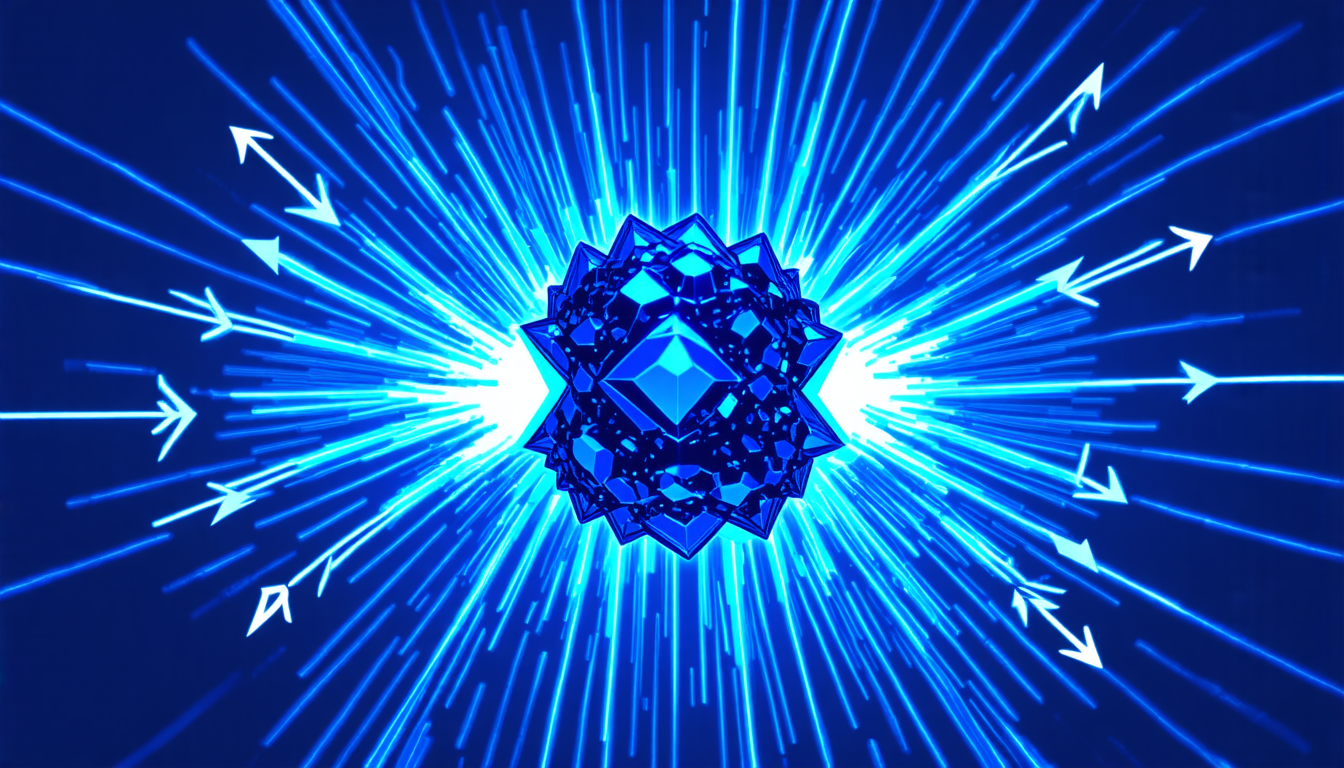Tuesday 08 April 2025
Scientists have made a significant breakthrough in understanding how ferroelastic materials can be switched between different states using an electric field. Ferroelastic materials are unique in that they exhibit both ferroelectric and ferroelastic properties, meaning they can switch between different polarized states and also change their shape in response to external stimuli.
Researchers have been studying the behavior of a specific type of ferroelastic material called calcium titanate (CaTiO3), which has the ability to change its polarization in response to an electric field. This property makes it a promising candidate for use in advanced technologies such as memory storage and sensors.
Previous studies had shown that CaTiO3 can be switched between different polarized states using an electric field, but the exact mechanisms behind this switching were not fully understood. A team of scientists from various institutions has now used a combination of experimental and theoretical methods to gain insight into the behavior of CaTiO3 under an electric field.
The researchers found that when an electric field is applied to CaTiO3, it causes the material’s internal structure to change in a way that allows it to switch between different polarized states. This switching is not just a simple on/off process, but rather involves a complex interplay of electrical and mechanical properties.
One key finding was that the material’s polarization can be switched using an electric field, but only if the field is strong enough to overcome the internal resistance of the material. The researchers also found that the material’s structure changes in response to the electric field, with the atoms within the material moving to new positions to accommodate the changing polarity.
This research has important implications for the development of advanced technologies that rely on ferroelastic materials. For example, it could lead to the creation of more efficient memory storage devices and sensors that are capable of detecting changes in their environment.
The study also highlights the complex interplay between electrical and mechanical properties in ferroelastic materials, which is an area of ongoing research. Further studies will be needed to fully understand the mechanisms behind this switching behavior and to explore its potential applications.
Overall, this research provides a deeper understanding of the behavior of CaTiO3 under an electric field and has important implications for the development of advanced technologies that rely on ferroelastic materials.
Cite this article: “Unlocking the Secrets of Ferroelastic Domain Walls: A Path to Next-Generation Electronics”, The Science Archive, 2025.
Ferroelasticity, Ferroelectricity, Calcium Titanate, Electric Field, Polarization, Switching Behavior, Materials Science, Nanotechnology, Memory Storage, Sensors







